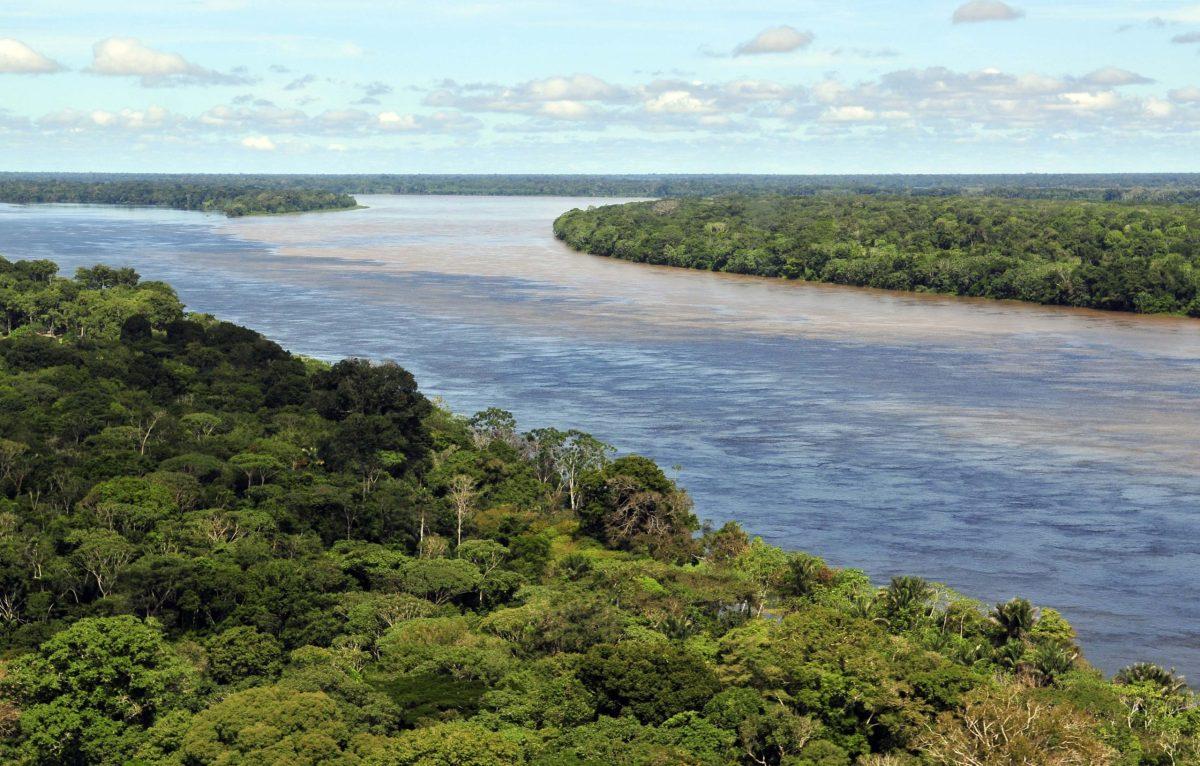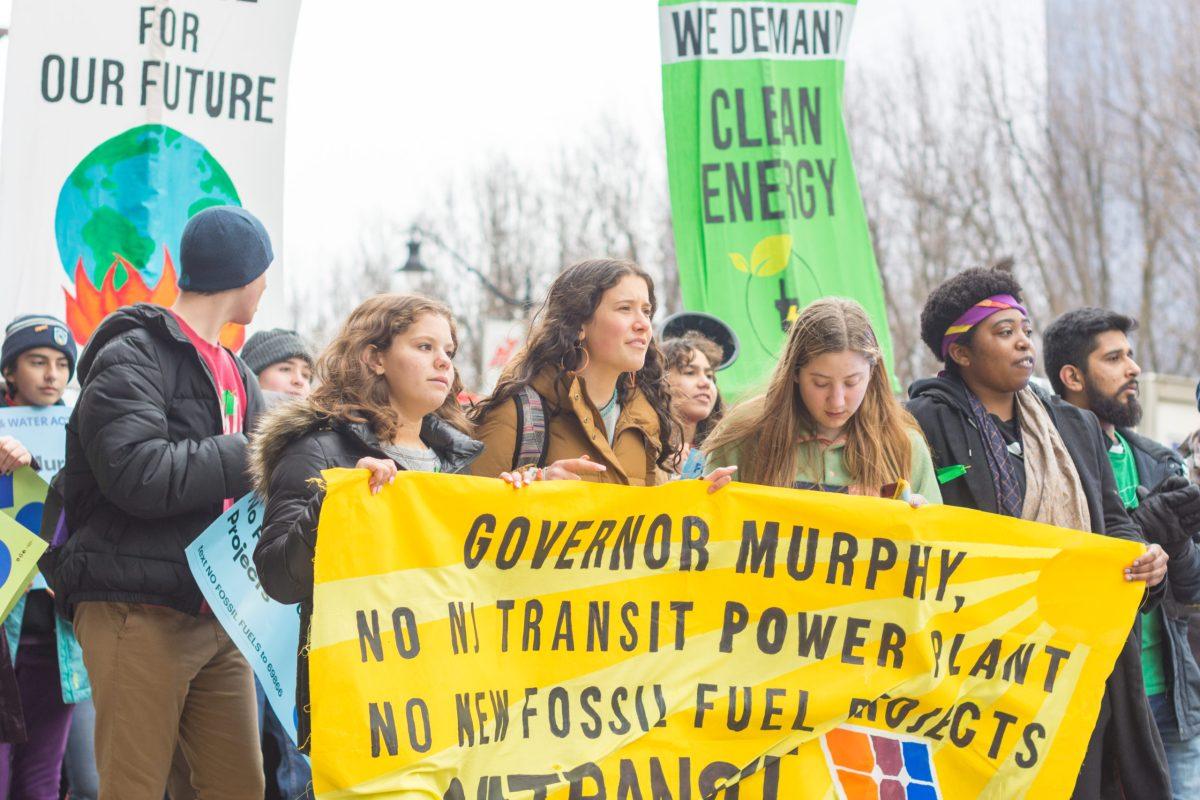The Amazon forests cannot keep up with climate change. A team led by the University of Leeds and 30 other institutions assessed the impact global warming has had on the area and its species. Their research shows that the effects of climate change are changing the makeup of the rainforest’s trees. Tree species are unable to adapt to their changing environment.
Analyzing data from the past 30 years, scientists have shown evidence that global warming has caused stronger droughts, increased temperatures, and higher levels of carbon dioxide in the atmosphere. These changes have affected the growth and mortality of certain tree species. Moisture-loving tree species are dying more quickly than they can be replaced by species better suited to dry climates.
According to Dr. Adriane Esquivel Muelbert, lead author from the School of Geography at Leeds, “the ecosystem’s response is lagging behind the rate of climate change.”
The change in climate has affected more than just the makeup of different tree species. With temperatures rising within the region, wildlife may migrate to more suitable environments. This is notable particularly in temperature-dependent species, as some have abandoned their previous habitats for higher altitudes. The higher temperatures and decreased rainfall may also increase the number of invasive species in the area which can outlast and out-compete native species.
Reduced rainfall during the dry months is currently and will continue to affect the freshwater systems in the Amazon. The Amazon’s fish population will face an increase in temperature and as such, potentially lethal environmental conditions. The decreased rainfall may also affect the nutritional input of rivers affecting those who rely on water resources. For example, fishermen who use different capture methods for specific seasons may suffer as climatic changes disturb natural migratory patterns.
In addition, agriculture will likely be affected as the lack of rainwater limits the growth of crops, and increases pest and disease infection. Agriculture is the leading source of income within the Amazon’s communities. As such, the local economy of Amazonian communities will likely be negatively impacted by the environmental changes.
The wellbeing of the Amazon and its population cannot be ignored. Harsher droughts will increase the potential for forest fires, risking property loss and smoke inhalation for the area’s inhabitants. Climate change along with extreme weather events, due in part to global warming, increase the outbreak of vector-borne and infectious diseases. Life within the Amazon is suffering and faces new dangers every day.
However, there are still ‘winners’ in the Amazon due in part to global warming. Bigger trees, particularly canopy species, benefit from the rising temperature. The increased carbon dioxide in the atmosphere allows canopy trees to grow at an quicker rate.
Pioneer trees—species that spring up after trees have died—have also seen an upsurge in climate change. The rapid growth of pioneer trees may also be contributed to the rise in carbon dioxide. While most of the Amazon is dying, certain areas are thriving due to global warming.
Our planet is overheating. If it was not already evident with the Arctic melting, the Amazon is now too hot for many species to live in. Despite these two areas showing signs that global warming is a serious issue, necessary action has not been taken to reduce and reverse our impact on the planet.


































